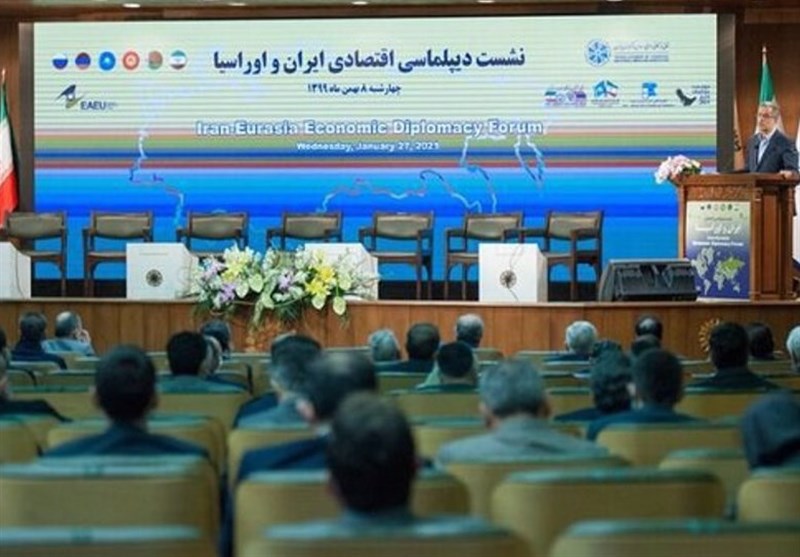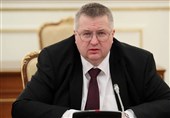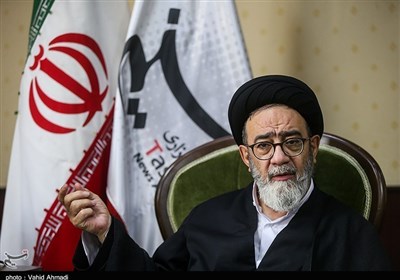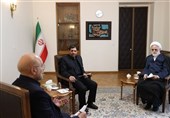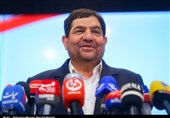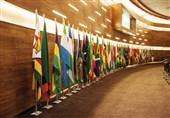Iran’s Economic Diplomacy Shifts to High Gear
TEHRAN (Tasnim) – The Iranian government has set one of its strategic priorities to activate the capacities of diplomacy and play a role in regional and global developments, placing economic diplomacy at the top of its agenda.
President Ebrahim Raisi began his term when Iran’s oil exports had dropped to 300,000-400,000 barrels per day and the country had no access to its assets in foreign banks, mainly from exports of oil and gas.
This left the new administration saddled with a gaping budget deficit, followed by a dramatic rise in inflation which called for urgent action to prevent the situation from spiraling.
With sanctions bearing down, the government chose not to wait for the revival of a 2015 nuclear agreement, on which its predecessor had spent all its political capital without success. It opted instead to push through a neighbor- and Asia-oriented policy, with economic diplomacy at the core.
Central Asia and the Caucasus became the primary focus, where an outstanding debt to Turkmenistan for export of gas had bedeviled relations.
About two months after taking office, President Raisi traveled to Ashgabat where he oversaw the signing of a tripartite gas swap agreement to transfer up to 2 billion cubic meters of gas a year from Turkmenistan to Azerbaijan via Iran.
The visit created a basis for cooperation in trade and energy. Earlier this month, Minister of Petroleum Javad Owji said Iran plans to create a gas hub in Asaluyeh with the participation of Russia, Turkmenistan and Qatar. The four countries dominate the largest proven gas reserves of the world.
In June 2022, Turkmenistan’s President Serdar Berdimuhamedow visited Tehran where the two sides inked several cooperation documents in the fields of economy, trade, transportation, investment, new technologies, environment, sports, energy, judiciary, education, research, and tourism.
President Raeisi’s first visit abroad came in September 2021 to Tajikistan where the two sides signed eight cooperation documents.
On Sunday, Raisi hosted President Shavkat Mirziyoyev of Uzbekistan, another Central Asian country of 35 million people, whose visit to Tehran was the first by an Uzbek leader in 20 years. The two presidents oversaw the signing of 10 documents for cooperation in a host of fields.
Among other measures taken by the government is the development of relations with China, marked by numerous exchanges of visits and conclusion of several strategic documents.
In January, a 25-year comprehensive cooperation agreement signed between Iran and China last year entered the implementation stage when Iranian Foreign Hossein Amir-Abdollahian visited Beijing.
Economic diplomacy with China has continued to increase the purchase of oil from Iran by China and bolster the Islamic Republic's hard currency earnings in the face of sanctions.
Nevertheless, an evolution in Iran’s foreign relations under the current administration has occurred with Russia, according to Press TV.
President Raeis’s visit to Moscow in January 2022 resulted in a leap in trade between the two countries and ushered in bilateral cooperation in infrastructure, energy. Last month, the two countries signed of a deal to finance and build an Iranian railway line as part of the International North–South Transport Corridor (INSTC).
With both countries under Western sanctions, Iran and Russia are working on establishing new routes for financial exchanges, with barter deals, the use of national currencies in trade and launch of an alternative system to SWIFT international messaging platform being some of the alternatives.
